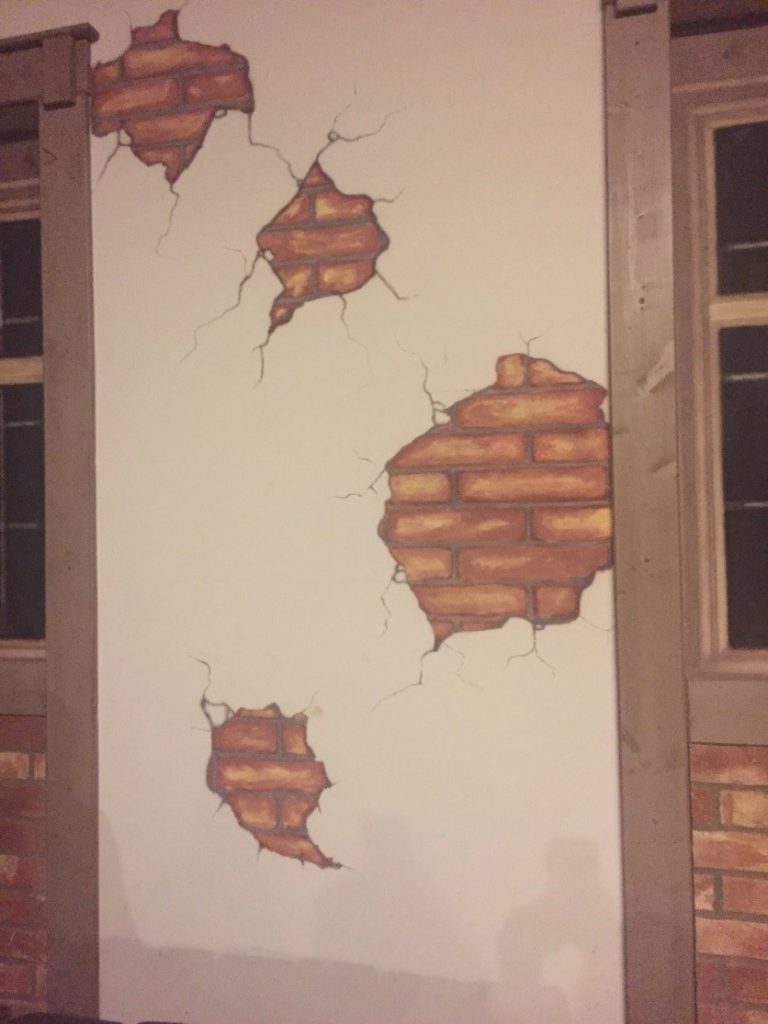Rosamond Artis (Scottish Lime Centre)
Many of the traditional dwellings we had the opportunity to visit were of solid mass stone rubble walls (the stone usually locally sourced and roughly 600mm thick, just as we would find in Scotland) bedded in clay mortars (not unusual to find in Scotland) and finished internally and externally with clay plasters. Whilst most were not highly decorated, features such as pargetting (raised shapes applied to flat renders) using clay mortars are a traditional embellishment of otherwise rather plain facades. The window and door openings are formed out of rubble walling rather than having formal dressed stone surrounds and thus the dimensions of the opening are noticeably small where large spans could not be supported by the lack of longer sections of stone being available for lintels and sills. The roof finishes comprised most of fired earth tiles in a variety of shapes, with later tiles being an early patented interlocking tile that significantly reduced the number of tiles required to cover a roof and also meant that roof timbers did not need to be over engineered.

The painted finishes both of these traditional dwellings are almost exclusively with limewash (a mixture of slaked air lime and water) sometimes uncoloured and therefore white in colour, but other examples displayed the addition of copper sulphate (used as pesticide in the vineyards) turning the wash blue, also the addition of clay slip or ‘il’ to limewash producing a subtle earthy/ terracotta colour. Further, on clay formed plinth courses at the base of dwellings, evidence of the addition of charcoal into the limewash was found giving a grey/black appearance. The addition of charcoal might also afford some pozzolanic reaction whereby the limewash would set/ harden more quickly and making for a slightly more robust finish, suitable for the bottom of external walls where mechanical damage might be more prevalent. These practices differ from UK limewashing practices where there is more of a tradition of using coloured earth as pigments for limewash, also animal blood (Suffolk pink cottages) and iron sulphate (used for textile dyeing amongst other things) to produce deep gingery ochre colours called Copperas as well as additives such as tallow to afford water repelling properties (but our weather is of course much wetter than Slovakia). Interestingly, there are no earth minerals in the UK that can produce blue or green limewash or that are lime fast/ alkali resistant. I suspect that the absence of earth pigmented limewashes is a response to the local geology and geography, where these materials simply did not occur.

I sincerely hope that the work of Jacob and Andriana at the Lišov Museum revive the traditional crafts of using clay mortars and plasters and limewashes for the repair of old buildings and encourage their use in modern construction.

